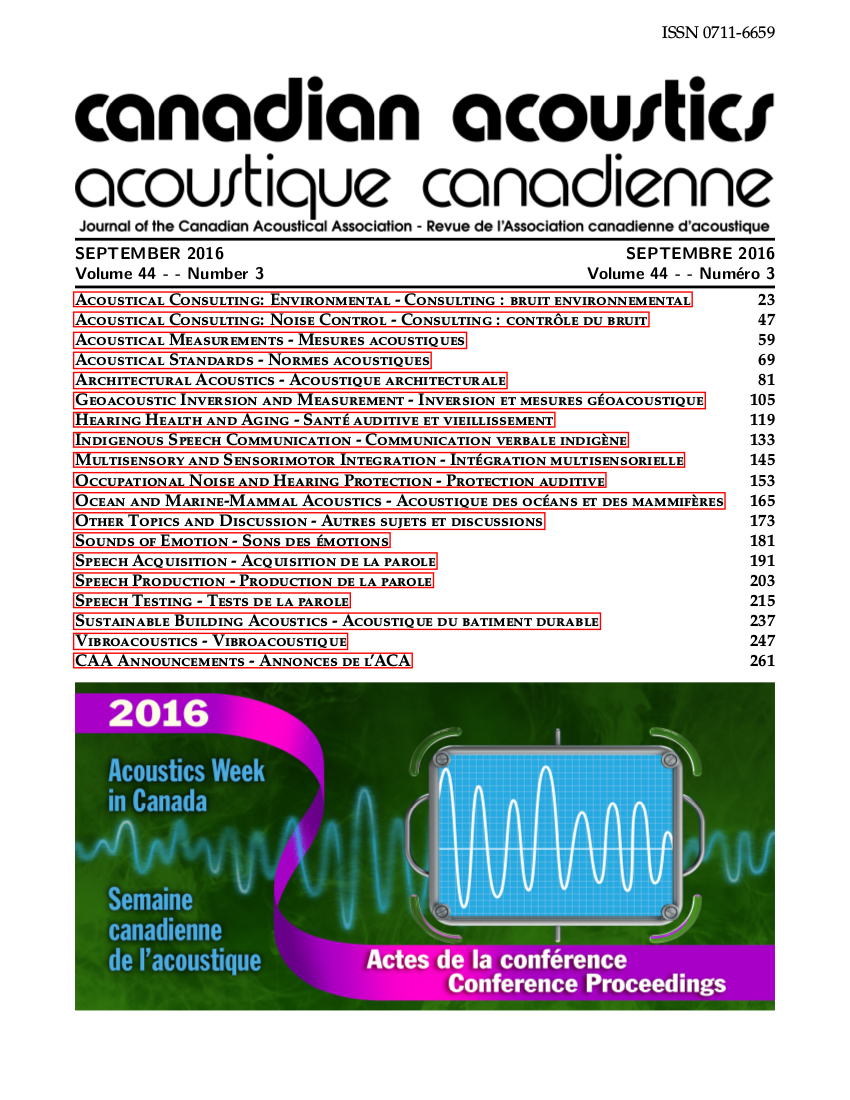Dental overjet, articulatory compensation and acoustics of speech
Résumé
Purpose: Dentofacial abnormalities such as dental overjet (horizontal overlap of upper and lower incisors) have been linked, with mixed evidence at times, to misarticulations before and after corrective surgery in severe cases1. Many individuals, even in surgical populations, appear to successfully achieve typical-sounding productions by using compensatory adaptation of the speech articulators2. This may explain the seeming inconsistencies in the literature, especially in studies where the sample is not selected for occlusal or speech problems. However, previous research relating to malocclusion and speech has largely been based on perceptual judgments of misarticulation rather than objective acoustic measures. As such, this study seeks to investigate the association between degree of increased overjet (protrusion of upper incisors) in non-surgical populations and speech production using acoustic analysis. Methods: Native English speakers recorded 13 target words containing either the English fricatives /s, z, ?/, affricates /t?, d?/, or vowels /i, u, ?/. Measurements of dental overjet as well as language background information were collected. Each segment was analysed by spectral moments for fricatives and formant values for vowels, then related to the speaker’s degree of overjet. Results: Preliminary analysis suggests that acoustic values of certain fricatives correlate to amount of overjet, as do some vowel formants. Trained listeners note that intelligibility does not appear to be compromised perceptually. Conclusion: The results of this experiment add to the literature on the relationship between dental anomalies and articulation with quantitative acoustic measures, as well as on the role of articulatory compensation in the case of increased overjet.
References
1 Ruscello, D.M., Tekieli, M.E., & Van Sickels, J.E. (1985). Speech production before and after orthognathic surgery: A review. Oral Surgery, Oral Medicine, Oral Pathology, 59(1), 10-14.
2 Johnson, N.C., & Sandy, J.R. (1999). Tooth position and speech – is there a relationship? The Angle Orthodontist, 69(4), 306-310.
Fichiers supplémentaires
Publié-e
Comment citer
Numéro
Rubrique
Licence
Author Licensing Addendum
This Licensing Addendum ("Addendum") is entered into between the undersigned Author(s) and Canadian Acoustics journal published by the Canadian Acoustical Association (hereinafter referred to as the "Publisher"). The Author(s) and the Publisher agree as follows:
-
Retained Rights: The Author(s) retain(s) the following rights:
- The right to reproduce, distribute, and publicly display the Work on the Author's personal website or the website of the Author's institution.
- The right to use the Work in the Author's teaching activities and presentations.
- The right to include the Work in a compilation for the Author's personal use, not for sale.
-
Grant of License: The Author(s) grant(s) to the Publisher a worldwide exclusive license to publish, reproduce, distribute, and display the Work in Canadian Acoustics and any other formats and media deemed appropriate by the Publisher.
-
Attribution: The Publisher agrees to include proper attribution to the Author(s) in all publications and reproductions of the Work.
-
No Conflict: This Addendum is intended to be in harmony with, and not in conflict with, the terms and conditions of the original agreement entered into between the Author(s) and the Publisher.
-
Copyright Clause: Copyright on articles is held by the Author(s). The corresponding Author has the right to grant on behalf of all Authors and does grant on behalf of all Authors, a worldwide exclusive license to the Publisher and its licensees in perpetuity, in all forms, formats, and media (whether known now or created in the future), including but not limited to the rights to publish, reproduce, distribute, display, store, translate, create adaptations, reprints, include within collections, and create summaries, extracts, and/or abstracts of the Contribution.


